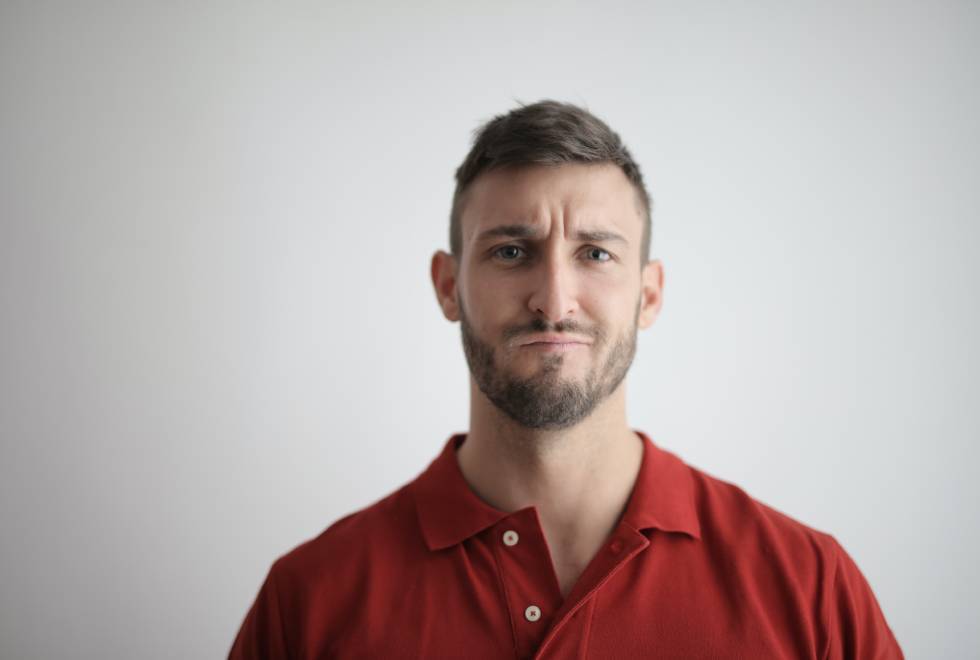
There are a great many areas of psychotherapy. One of them is schema therapy, which has been gaining popularity lately. It is not surprising. Shall we learn about it?
Schema therapy was developed by Dr. Jeffrey Young in the 90s of the last century for the treatment of personality disorders. This type of psychotherapy is structured, has a proven track record, and is growing rapidly.
Schema therapy was “born” from the well-known cognitive-behavioral therapy, the purpose of which is to change the patterns of thinking and behavior that create difficulties in people’s lives. However, schema therapy is not limited to this but includes other proven theories from psychoanalysis, such as attachment theory, object relations theory, transactional analysis, Gestalt therapy, and others.
The basic premise of this therapy is that a person’s life is influenced by maladaptive patterns learned in early childhood. As a rule, the person is not aware of them – they remain in the “blind” zone. If you help people realize and master the satisfaction of their basic emotional needs in other, more effective (adaptive) ways, their lives will improve.
Schema therapy can be useful for people with different problems: depression, post-traumatic disorders, in the treatment of borderline personality disorder, narcissism, etc.
Schema therapy will be useful where CBT may lack depth – for example, CBT does not work with childhood trauma or strong feelings associated with past situations.
One of the most important concepts of schema therapy is basic emotional needs: secure attachment, safety, acceptance, freedom in expressing one’s feelings, autonomy, spontaneity, proper boundaries, etc. If in childhood these needs are not satisfied, then early maladaptive schemes may be formed during the first 12 years of life. The new life experiences gained by the child only confirm and strengthen them.
The schema itself includes thoughts, emotions, bodily sensations, and memories.
An adult receives a certain model of perception of reality. It is activated if something happens that resembles the events experienced in childhood. Strong negative emotions arise, and the person unconsciously uses their habitual coping styles to deal with them.
But these ways of interacting with reality, of course, do not help: all actions lead to the strengthening and reinforcement of the schema, while schema therapy teaches us to act in a different, more adaptive way.
The therapist helps the client identify their schemas, recognize the source of the emotions that arise when they are activated, experience those emotions, and find ways to respond differently to events that activate the schema. This is the main goal of this therapy. Schema therapy is often referred to as “character therapy” because it changes the way a person responds to what is happening to them.
Because schema therapy integrates quite different approaches, it is very effective in capable hands. So, as always, choose not so much a method as a competent therapist!
Self-therapy can be an essential tool for personal growth and self-improvement.
Browse through our courses and see the positive changes they can bring to your life.
You are not sure where to begin?
Help us grow on Instagram 👇